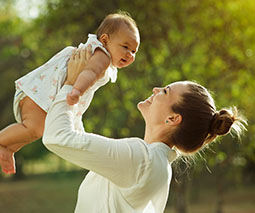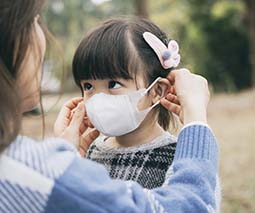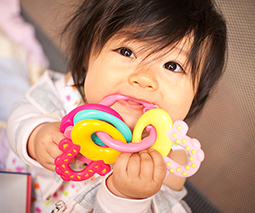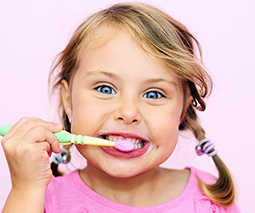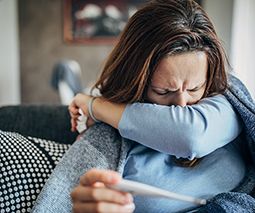Itchy head but can’t see any nits? This could be why!
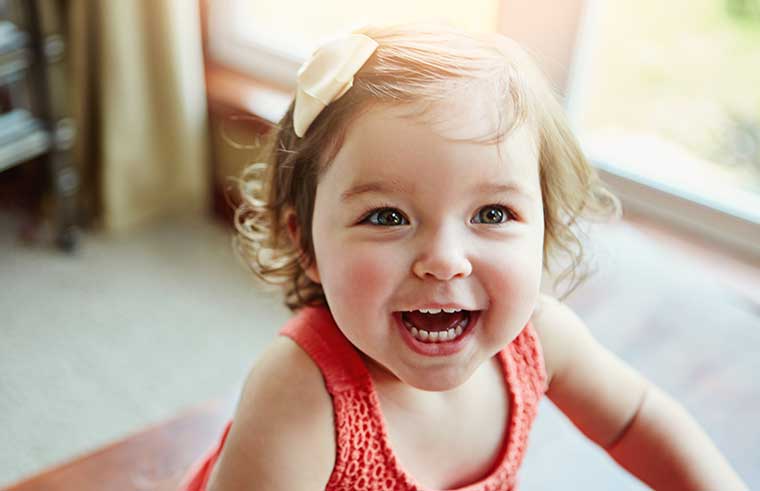
Deborah McIntyre never imagined she would become a professional nit picker, but when her children got nits, she learnt how to deal with the situation so effectively that she now does it for a living – and her business, No Nits Now is flourishing.
Deb came to talk to Babyology’s podcast Feed Play Love to share her incredible nit journey, which started while she was living in New York, and her children got nits for the first time. After trying every possible remedy, her neighbour said, “You’ve got to go to the Brooklyn nit picker.” This turned out to be a Hasidic Jewish woman, a third-generation nit picker, who not only removed the nits but also inspired Deb’s future career path.
“She just had a big bottle of Pantene conditioner and combed using this really great comb,” says Deb. “And I thought that makes sense. She’s not killing anything she’s just removing the problem from the head.”
Listen to Deborah McIntyre on Feed Play Love:
The life cycle of the nit
“It starts with one pregnant female louse, and that louse, as a full adult, from the time they develop into adulthood to when they die, is about seven to ten days,” says Deb. “Assuming it’s lived happily for maybe up to seven or eight days on the original host when it’s transferred, it might only be on your head for three days before it dies. But you could get unlucky, and it’s only just mated and starting to lay, and it comes on to you.”
Nits do not jump; instead, they transfer from head-to-head contact or via something like a brush or hat. “They don’t want to live off the head, they can’t,” says Deb. “However, they can survive off the head for up to two to three days. So if a pregnant female lice came off the head and was on the couch or a hairbrush, and then you put that onto your head or on a hat, you would now have head lice.”
However, you may have nits and not even notice. Your children might be itchy, but when you check, nothing is there. “I hear that probably 20 times a week,” says Deb. “They’ve got claws on the end of their legs, so they’re very quick. When you’re looking to the left, they’re moving to the right and vice versa.”
The louse lays three to ten eggs a day for up to seven to ten days. But if it’s on your head towards the end of its life cycle and the adult louse dies, the eggs are still there incubating. Then seven to ten days later, the eggs hatch. Deb tells her client to do a comb again in five to seven days, as it is easy to miss one.
Debunking the myths
There are all sorts of myths around nits. For example, they lay eggs around the nape of the neck and the crown of the head. “That’s not true,” says Deb. “They can lay there, and they do lay there, but that’s just where you can see with your eyes.”
Also, using a hair straightener doesn’t help. “The eggs are laid two to five millimetres from the scalp,” says Deb. “Unless you’re going to give your child third degree burns, you just can’t get those eggs.”
Many of the nit treatments out there do not work, either. Nor do remedies such as applying coconut oil to the hair and covering with plastic wrap to ‘suffocate’ the lice. “Lice have loads of breathing holes all over their bodies, so they’re not able to be suffocated,” says Deb.
Others like to use tea tree and lavender oil, but again, it’s to no avail. “To me, it’s like using Aeroguard in the jungle,” says Deb. “It is not effective.”

What do I do?
If your kids have nits, much like the Brooklyn-based third generation nit picker, you have to comb them out. “If they’re itching and it’s ongoing, don’t look, just comb,” says Deb. “The only way that you’ll be able to tell if you actually have lice is to comb.”
Using plenty of gentle conditioner is advised – this helps the comb move freely through the hair and has the added benefit of detangling as you go.
Passionate about teaching people how to de-nit, Deb has posted free videos on her website, which clearly explain how to do it.
Top cleaning tips
Cleaning is important, but Deb says it’s not all about sanitising. You can wash items such as bed linen, but not necessarily in boiling water. “We’re dealing with an insect, not a germ,” she says.
Deb also suggests simply popping items in the dryer for 20 minutes to remove lice or vacuuming any item or place where lice have been. “We’re just getting rid of the insect that may or may not be on your furnishings,” she says.
When it comes to hair brushes, Deb advises removing all the hair, pouring boiling water over them to clean, and not sharing brushes. “Most people wait till they have lice until they stop sharing hairbrushes,” she says. “Just think of it like a toothbrush.”
And Deb’s final piece of advice is to quarantine any item in question. “Get a garbage bag, stick all the stuff that you don’t know what to do with, tie a little knot, chuck into your garage,” she says. “In five days, if there was a live louse, it would be dead, so then you can just bring them back in the house”.
Here’s to a nit-free life!
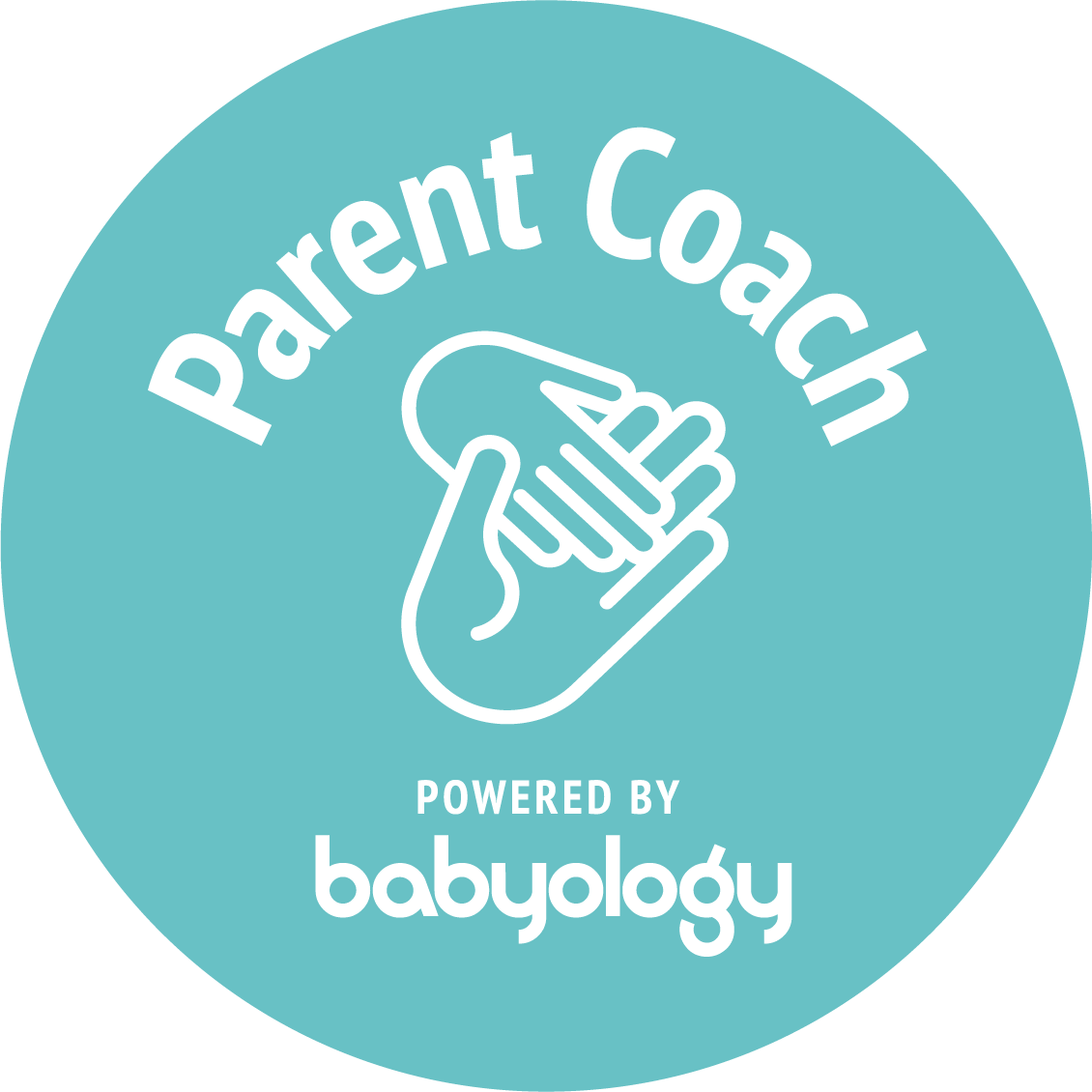 Need some support to be the best parent you can be? Our Parent School parent coaching experts can help. Click to find out more or book a one-on-one session.
Need some support to be the best parent you can be? Our Parent School parent coaching experts can help. Click to find out more or book a one-on-one session.
